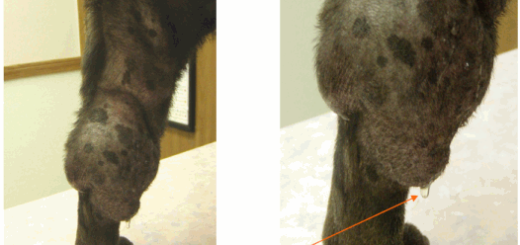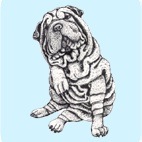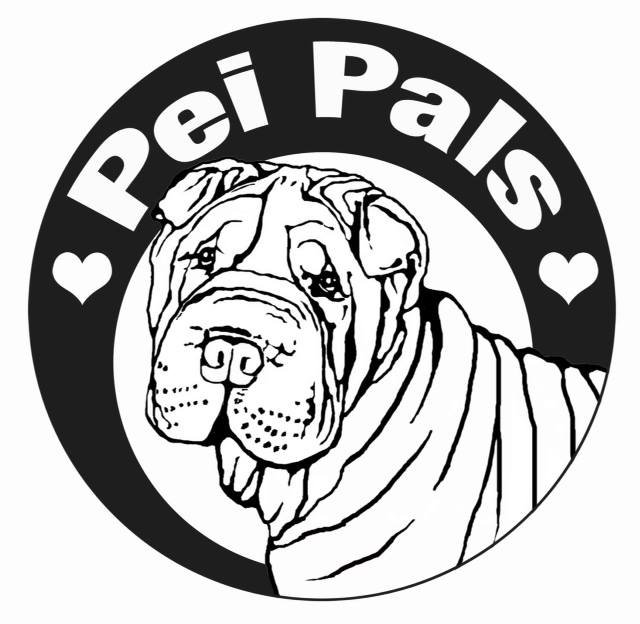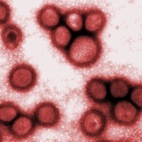Post Mortem
In veterinary medicine the death of an animal patient is often thought of as the end of a medical case. However until a thorough post-mortem examination is completed, the case is not closed. In fact, the post-mortem examination (autopsy, necropsy) is a very useful and necessary procedure in the diagnostic process as it often defines the cause of death. Why do a post-mortem examination? A good post-mortem has five benefits: Benefit to the owner/breeder: It may reveal deficiencies in husbandry practices which can be modified or corrected. It may reveal hereditary and/or congenital (birth) defects which may influence future breeding...





